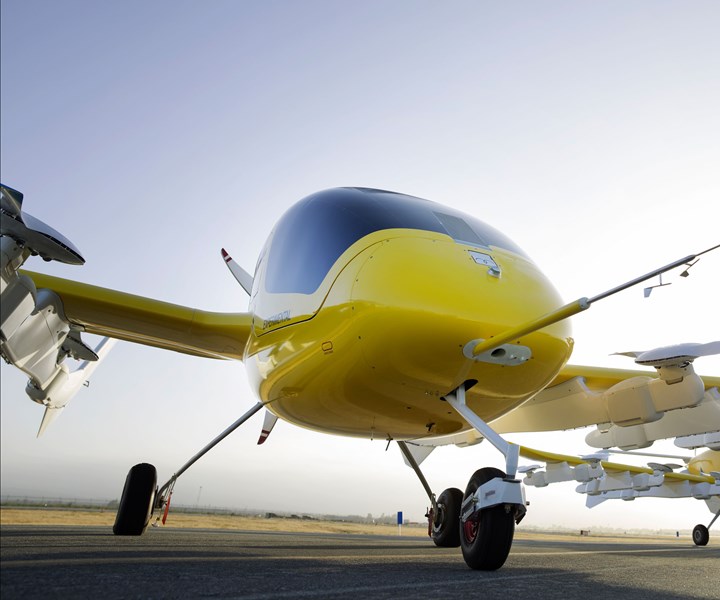Boeing, Kitty Hawk formalize joint venture for eVTOL development
Wisk will combine Kitty Hawk’s eVTOL expertise with Boeing’s aerospace supply chain and manufacturing expertise to develop and commercialize Cora, an autonomous eVTOL air taxi.

Wisk’s Cora eVTOL test aircraft. Source | Kitty Hawk
Commercial aircraft giant Boeing (Chicago, Ill., U.S.) and eVTOL specialist Kitty Hawk (Palo Alto, Calif., U.S.) have formalized their agreement to create a new joint venture with the founding of Wisk (Mountain View, Calif.). Wisk will combine Kitty Hawk’s eVTOL expertise with Boeing’s aerospace supply chain and manufacturing expertise to develop and commercialize Cora, an autonomous eVTOL air taxi.
Wisk will be led by president and CEO Gary Gysin, supported by a board that includes Gysin; Sebastian Thrun, CEO of Kitty Hawk; Steve Nordlund, VP and general manager at Boeing NeXt; and Logan Jones, VP at Boeing HorizonX. Work on Cora will be done in Mountain View, as well as Atlanta, Ga., U.S, and Christchurch, New Zealand, at what used to be Zephyr Airworks, which was founded by Kitty Hawk in 2016.
Cora, which first flew in 2017, appears to be a two-seat aircraft. It features 12 independently driven rotors for vertical take-off and landing, and one pusher rotor at the rear of the aircraft. It also has a parachute for emergency landings. Wisk reports that Cora has logged more than 1,000 test flights, but it is unclear what the timeline is for certification and entry into service.
Development of Cora was begun by Kitty Hawk, which also is working on two other eVTOL aircraft, the Heaviside and the Flyer.
Related Content
-
Paris Air Show 2023 highlights
The Paris Air Show, one of the largest aerospace trade shows in the world, returned for the first time since 2019 and proved that the global aviation industry industry is very much alive and kicking.
-
Materials & Processes: Fabrication methods
There are numerous methods for fabricating composite components. Selection of a method for a particular part, therefore, will depend on the materials, the part design and end-use or application. Here's a guide to selection.
-
Materials & Processes: Resin matrices for composites
The matrix binds the fiber reinforcement, gives the composite component its shape and determines its surface quality. A composite matrix may be a polymer, ceramic, metal or carbon. Here’s a guide to selection.
















